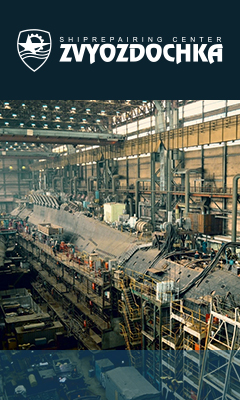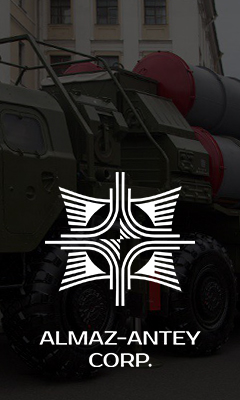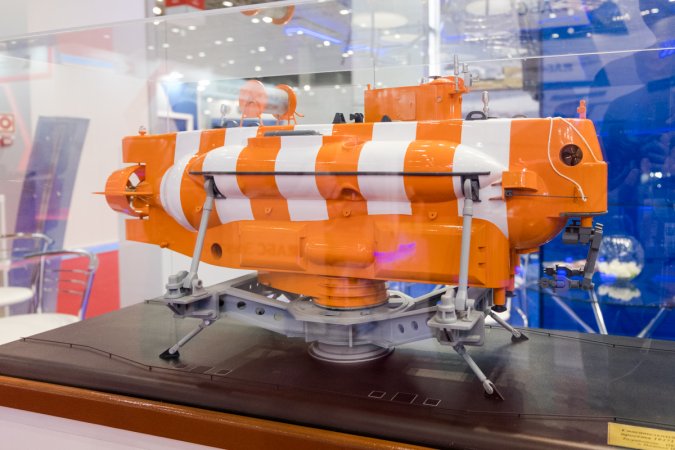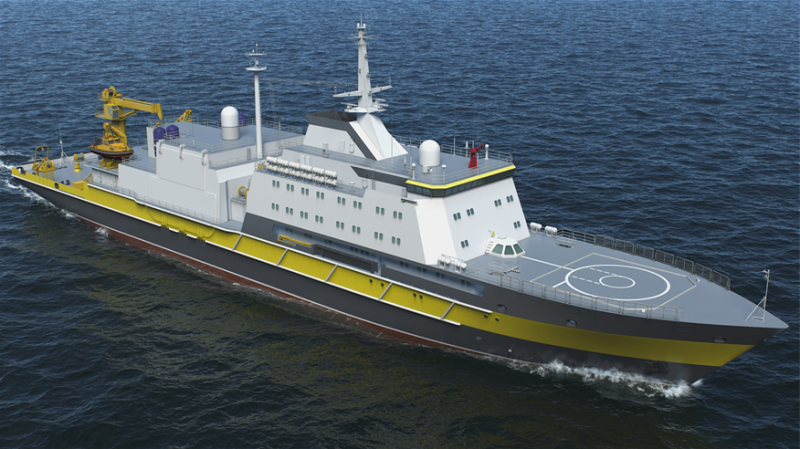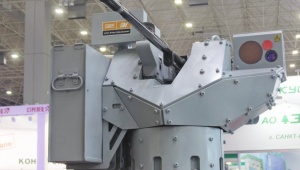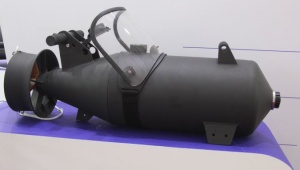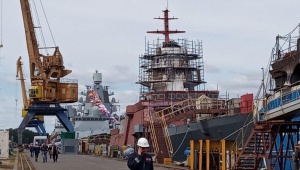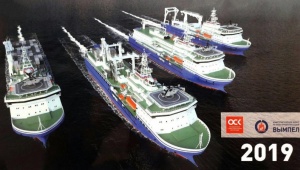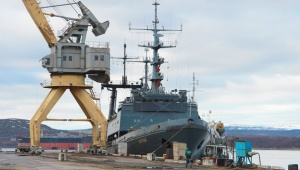Using of the new type of batteries will prolong the submersible’s cruising range from 10-12 to 40 nautical miles. Number of rescue travels, for example, to a distressed submarine, will increase from 2-3 up to 5-6. Considering that one Bester accommodates 22 people, it is capable to save up to 132 submariners within 6 travels. The previous version of the submersible could perform 3 travels evacuating only 66 people. To compare, in August 2000, 118 men died onboard the damaged SSBN Kursk.
According to the naval source, developer of Delfin project (Almaz Central Design Bureau for Marine Engineering) has already started working on mounting of the Bester’s new version onboard the first serial rescue ship. "As long as the submersible became lighter with same dimensions, it will easily fit the ship’s slipway", he said. "Besides, DRV is totally compatible with the ship’s main launch-and-lift gear. Currently, both the design bureau and the manufacturers work on the battery charging from the ship’s energy system. After that, the Navy will decide which version of the submersible should be mounted on the serial Delfin-class rescuer", added the expert.The insider said mounting of the Project 1855 Priz-class DRVs on the Project 21300 salvage ships was considered as well. "Although the ship’s slipways need a kind of increase in this case, such modification is theoretically possible", he concluded.
For reference
The Project 21300 lead rescue ship Igor Belousov is equipped with Project 18271 deep-sea rescue submersible Bester-1. Just like the mothership, the bathyscaphe was built by Admiralteyskie Verfi shipyard.
Late in 2015, keel-laying of the first serial submarine salvage ship was scheduled for 2017, upon receipt of the beta tests report for the lead ship. Igor Belousov had completely proved the declared characteristics and met the Navy’s requirements. However, at the turn of 2017-2018, the naval command decided to equip the ship with a Russian-made deep-sea diving system. Substitution of the imported equipment takes several years. Therefore, construction of the first batch-produced Project 21300 rescue ship was suspended.
In November 2017, Russian Navy’s deputy commander Vice Admiral Viktor Bursuk explained to Mil.Press Today that the keel-laying date of the first rescuer in 21300 series depended on completion of the fully Russian diving system. Also, Bursuk told that R&D project of the national diving system was scheduled for 2018. Presently, the customer analyzes the offers of potential contractors, Lazurit and Tetis Pro. On September 12, 2018, director general of Admiralteyskie Verfi Alexander Buzakov told Mil.Press Today that the shipyard was ready to build both rescue ship and Bester and to vacate a building berth for that purpose, if needed.
The Delfin-class ships developer, St. Petersburg-based design bureau Almaz, continues the project improvement basing on the operation experience. In November 2017, designers told Mil.Press Today about the rescuer’s characteristics. Currently, Almaz actively collaborates with the Russian Navy officials and potential manufacturers of the Russian diving system.
Dmitry Zhavoronkov










